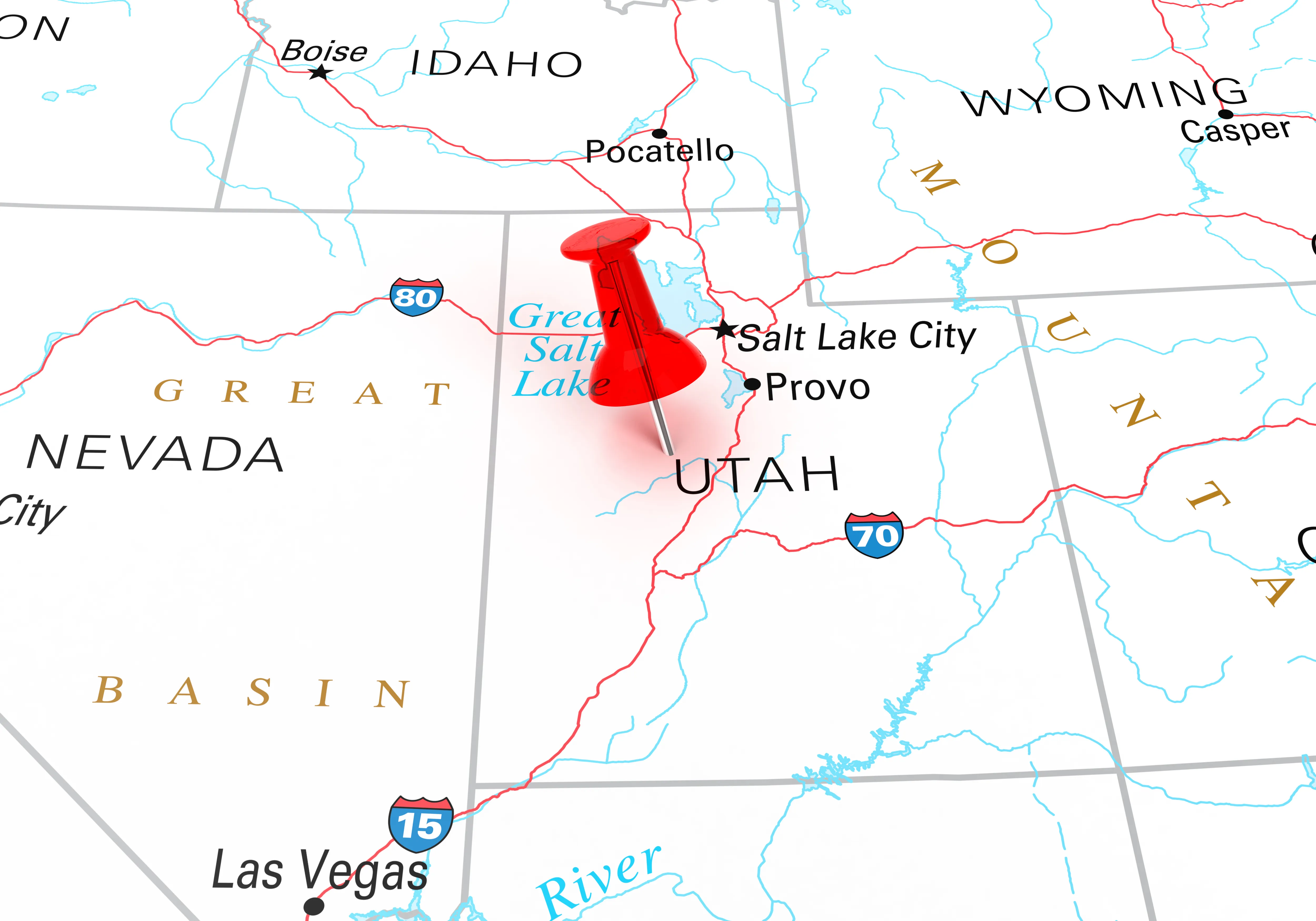
Colorado ranks 15th nationally for safely aging in place
Click play to listen to this article.
A new report ranks Colorado as the 15th safest state in the nation for aging in place, tied with Michigan.
A record 4.2 million Americans are expected to reach retirement age this year, and 75 percent have said they want to stay in their homes as they get older, instead of moving into retirement homes or assisted living, according to AARP's latest data.
Christine Healy, chief growth officer for the senior living technology company Seniorly, the group behind the report, said Colorado's low level of precipitation helped push the state toward the top of the list.

© iStock - ebstock
"If we think about what makes a city walkable or accessible for an older adult, you really want to minimize the level of hazards," Healy explained. "Dry, safe walkways are great places for older adults."
Utah, North Dakota and New Jersey took the top three spots. North Carolina, Kentucky and Florida rounded out the bottom three. Healy noted generally, the best states for aging in place make it easier to get around, stay healthy and feel supported. States lagging behind tend to lack support in critical areas including health care access, home care services, and community-level resources.
The number of people aged 65 and older is projected to grow from 63 million this year to just over 82 million by 2050, a 26 percent increase. Cost is considered to be the greatest factor in retirement planning and staying home can be far less expensive than entering a retirement community or long-term care facility.
Healy believes aging in place can be good for those who can stay socially engaged and active.
"That's not always the case," Healy acknowledged. "A lot of older adults are aging in place on their own, they're becoming more socially isolated, they're not leaving the house as much."
Colorado ranks 12th nationally for both the timeliness of emergency care and the use of smart technologies in the home. But the state ranks 42nd nationally for high housing costs and 38th for access to home meal delivery. Other factors considered in the report include road safety, local walkability and the quality and availability of home health care.
















